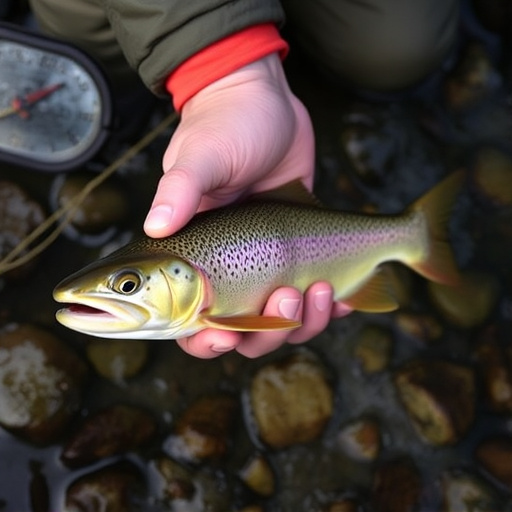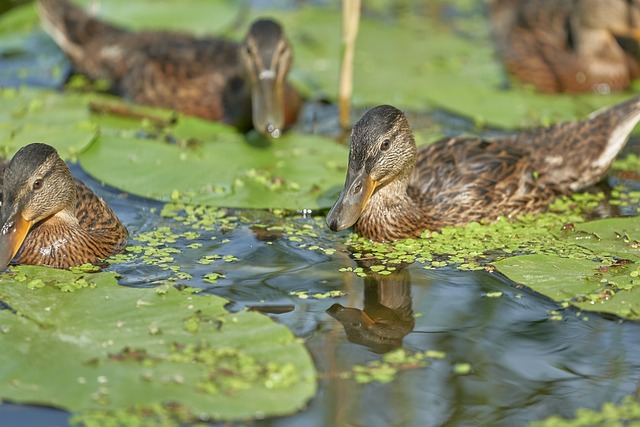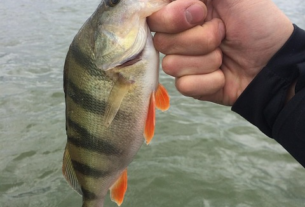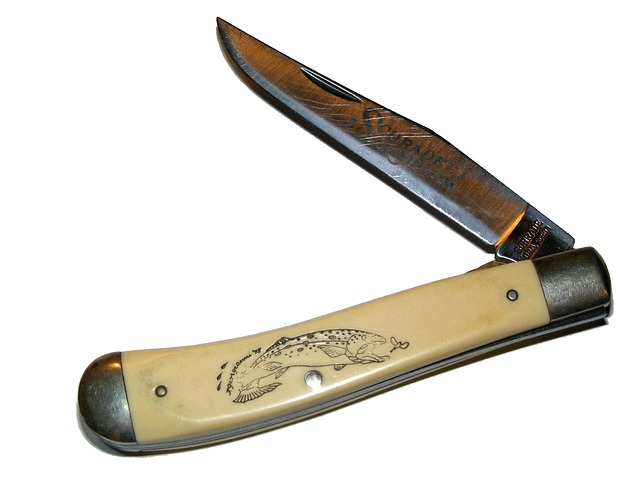Catching trout demands understanding their diverse habitat preferences across various landscapes and seasons. These fish thrive in cool, clear water found in streams, rivers, and lakes with specific bottom types and vegetation. Anglers should target areas below 70°F (21°C), look for steady currents, lush vegetation, and varied depths to increase trout catches. Seasonal changes, like spring spawning and fall return to shallower waters, present unique opportunities for trout enthusiasts.
Uncover the secrets of catching trout with our comprehensive guide to their habitats. From understanding trout behavior and their water preferences, to identifying rich geographic regions and exploring riverine ecosystems, this article delves into what makes a perfect home for these elusive fish. Learn about lake and pond hotspots, and master the art of seasonal trout fishing. Discover where—and when—to find your next catch, and elevate your trout hunting experience.
- Understanding Trout Behavior: What Kind of Water Do They Prefer?
- Geographic Considerations: Identifying Regions Rich in Trout Habitats
- Riverine Ecosystems: Exploring the Ideal Conditions for Trout Survival
- Lake and Pond Life: Uncovering Hidden Gems for Trout Enthusiasts
- Seasonal Changes: When and Where to Find Trout Throughout the Year
Understanding Trout Behavior: What Kind of Water Do They Prefer?
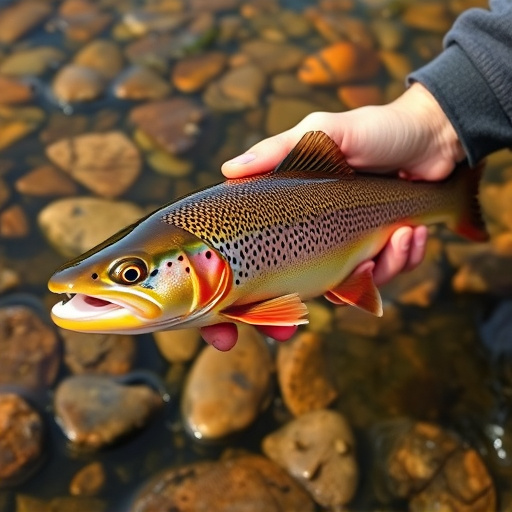
Trout, like many fish species, have specific habitat requirements and behaviors that anglers should understand to improve their chances of catching them. These freshwater fish are known for their preference for clear, cold, and well-oxygenated water. They typically inhabit streams, rivers, and lakes with these conditions. Trout often seek out shallow areas with gravel or rocky bottoms, as these provide ample cover from predators and allow for easy access to food.
When it comes to water temperature, trout tend to favor cooler waters, usually below 70°F (21°C), especially during the warmer months. They are sensitive to water quality and will avoid areas with high levels of pollutants or sedimentation. Anglers should look for signs of a healthy trout habitat, such as lush vegetation along the shore, which can provide hiding spots, and a steady current that keeps the water oxygenated and clean. Understanding these preferences is crucial for successful catching strategies, ensuring anglers can navigate their surroundings effectively to locate these elusive fish.
Geographic Considerations: Identifying Regions Rich in Trout Habitats
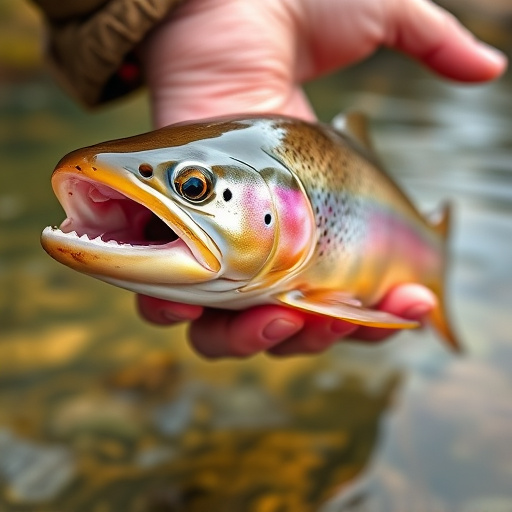
When it comes to catching trout, understanding where they thrive is half the battle won. Trout habitats are primarily tied to cool, clear, and well-oxygenated waters found in specific geographic regions. These fish are particularly adept at navigating diverse environments, from high-mountain streams to glacial lakes, and even coastal rivers. Regions with varying elevations, like the rocky mountains or coastal areas, often boast an abundance of suitable habitats due to the range in temperatures and water availability these landscapes offer.
Identifying areas rich in trout habitats involves scanning for characteristics like steep slopes that ensure rapid water flow, deep pools sheltered from predators, and vegetation providing cover. Rivers and streams cutting through canyons or flowing alongside dense forests can create ideal conditions. Additionally, glacial meltwater contributes to the cold, nutrient-rich waters many trout species prefer. These geographic considerations are key to pinpointing where these elusive fish are most likely to be found, making them a valuable guide for anglers seeking the best spots to catch trout.
Riverine Ecosystems: Exploring the Ideal Conditions for Trout Survival
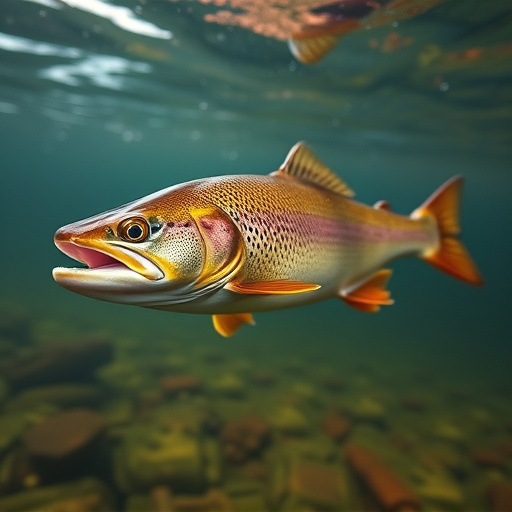
Riverine ecosystems play a crucial role in the survival and thriving of trout populations. These freshwater habitats offer the perfect balance of cold, oxygenated water, diverse food sources, and shelter from predators. Ideal conditions include clear, well-oxygenated rivers with gradual current flows, ensuring steady but not turbulent waters. The riverbed should be composed of coarse gravel or rocky substrates that provide both hiding spots for young trout and optimal spawning grounds during the fall and winter months.
The surrounding landscape also influences trout habitats. Rivers nestled within forests often benefit from cooler water temperatures due to shade and increased moisture retention, creating ideal environments for these cold-water fish. Additionally, the presence of riffles—shallow areas with fast-moving water—and pools provides varying microhabitats where trout can feed, rest, and avoid predators, making them prime spots for catching trout enthusiasts.
Lake and Pond Life: Uncovering Hidden Gems for Trout Enthusiasts
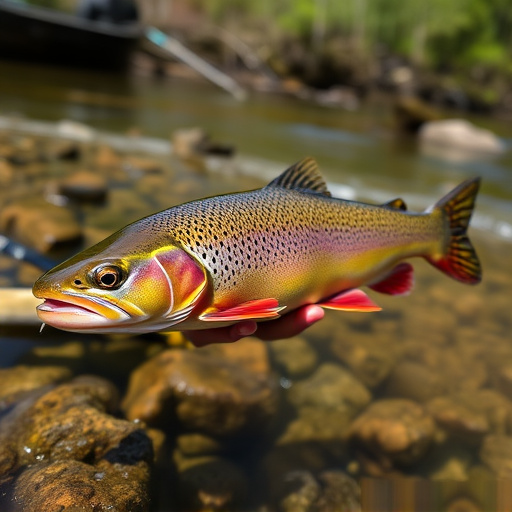
Lake and pond life offer a wealth of opportunities for trout enthusiasts seeking hidden gems. These water bodies often house diverse fish species, including trout, that thrive in specific conditions. From serene mountain lakes to tranquil ponds, exploring these natural habitats can be a rewarding experience for anglers. Understanding the unique characteristics of each body of water is key to successful catching trout.
Factors such as depth, temperature, and water quality play significant roles in determining where trout congregate. Anglers should look for areas with varying depths, as trout often seek shelter in deeper waters during warmer months and move to shallower regions when the temperature drops. Additionally, pristine water conditions are ideal for trout, making pristine lakes and ponds prime hunting grounds. By considering these elements, enthusiasts can uncover hidden treasures where these remarkable fish flourish, enhancing their overall catching experience.
Seasonal Changes: When and Where to Find Trout Throughout the Year
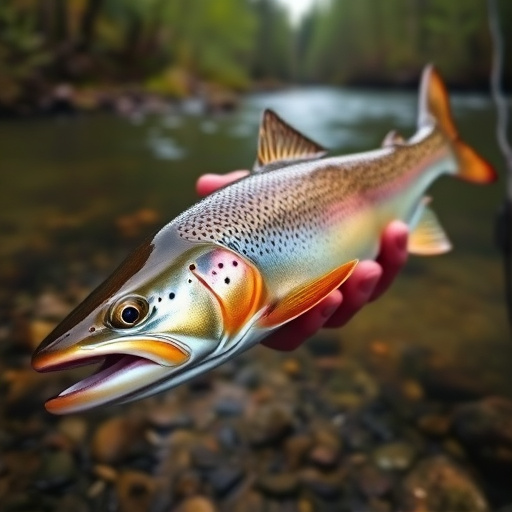
Trout habitats exhibit dynamic changes throughout the year, presenting unique opportunities for anglers looking to catch these elusive creatures. In the spring, when ice melts and water temperatures rise, trout become more active as they move into shallower waters to spawn. This is a prime time for catching them in rivers and streams with gentle currents and rocky or gravelly bottoms. Anglers can expect a vibrant scene, as multiple species like rainbow and cutthroat trout are known to gather in these areas during their breeding season.
As summer approaches, trout tend to seek deeper, cooler waters to escape the warm temperatures. Lakes and larger rivers become prime locations for catching trout in this season. Many anglers employ techniques such as trolling or casting lures to target fish that dwell in deeper channels or under structures like submerged trees or rocks. The fall brings another shift, with trout returning to shallower areas as water temperatures drop, providing a final chance for anglers to catch them before they head towards deeper waters for the winter.
Understanding the science behind trout habitats is key to successful catching these elusive creatures. By considering their preference for cool, well-oxygenated water, specific geographic regions, and seasonal variations, anglers can strategically navigate rivers, lakes, and ponds to enjoy a fulfilling day of trout fishing. With this knowledge, you’ll be better equipped to uncover hidden gems and maximize your chances of reeling in these prized fish throughout the year.
